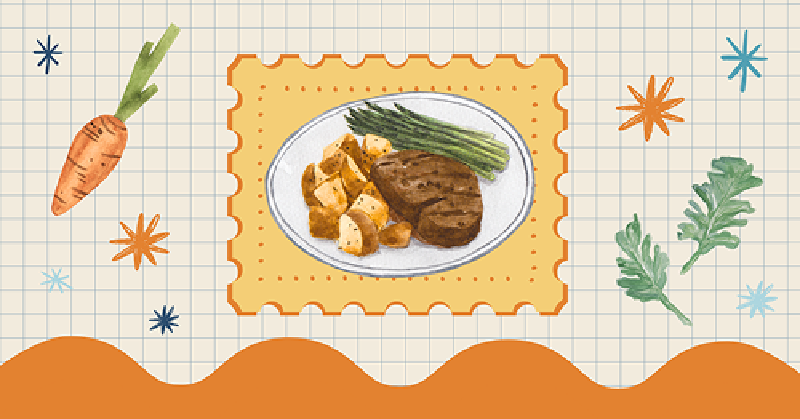I might be the writing teacher, but sometimes the best writing advice comes from my 8th grade students themselves. We had talked about creating conflict with a fish-out-of-water situation, and the next day a student came running into class, waving his notebook over his head.
“Mrs. Bradley! Conflict! I got the best conflict scene!” He told me that his mom had been planning their family’s Thanksgiving dinner and was worried about the disagreements she knew would come.
“She said my aunt will bring up politics, and that’ll make everyone mad, and then my grandmother will say that my mom’s turkey is too dry, so my dad will start defending her cooking. Then my cousin will whine about hanging out with her friends, and my uncle will say that eating turkey is cruel and we all should be vegetarians. Then my grandpa will tell stories from back in the day when he and the dinosaurs roamed the earth. I mean, it’s a conflict party!”
Like any respectable teacher, I took that great idea and turned it into a lesson, encouraging my students to bring their characters together for a meal. We looked to Hollywood for some inspiration: like in National Lampoon’s Christmas Vacation, when the turkey was cooked so long there was nothing left but skin and smoke. Or the Easter celebration in My Big Fat Greek Wedding, when only-child Ian was introduced to Toula’s enormously loud Greek family.
The meals don’t have to be crowded, noisy affairs to reveal conflicts and tension. Consider New in Town, where a big-city girl is invited to dinner by a small-town Minnesota family. Every time she opens her mouth she offends someone else at the table. It’s often that fish-out-of-water that makes a meal scene sizzle with tension.
Big holidays aren’t the only time conflicts show up to the table. What about a 4th of July barbecue that brings fireworks, both literal and figurative? Or a Mother’s Day brunch, when Mom’s expectations run headlong into her children’s indifference? Or a wedding rehearsal dinner, when two families who may have never met come together in anticipation of an expensive and life-changing ceremony? Set the table for conflict with a side of bridal party backstory toasts.
If you’re struggling to move your story forward (or just get words on paper), now might be a good time to invite your characters to share a meal. There’s just something about breaking bread together that can bring out the worst in us. Or if not the worst, maybe just the truth. And if someone has something to hide, a big reveal around a family meal makes for quite the dramatic scene.


